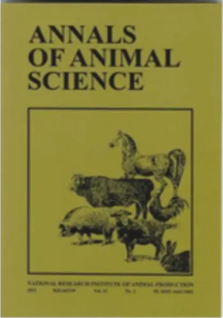Document type: article published in Réussir Porc
Preview: In a trial conducted at the Guernévez centre, stopping the practice of tail docking did not reduce the performance of the animals. However, the high number of animals suffering from bites shows why it remains an uphill struggle to control the practice of docking.
A positive picture has emerged from trials to investigate the effects of the elimination of tail docking at the point of departure for the abbatoir. The trials are being conducted at the Guernévez experimental centre for the Brittany Chamber of Agriculture. It was not necessary to reject any animals because of tail-biting. On departure for the abattoir, 81% of pigs whose tails had not been docked at birth displayed no injuries. However, just 12% of the animals in the trial had a whole tail on any given day. The remaining pigs had all suffered tail docking during the rearing phase, leaving them with healed shortened tails. Post-weaning is the critical period for tail docking - from this stage onwards, 83% of full-tail pigs undergo the pain of docking, with 4% having to endure the procedure at the fattening stage. At the end of fattening, the average tail length was 22.7 cm. The average tail length of uninjured pigs over the entire rearing period was 29.7 cm. For tail docking, different procedures were followed. Priority was given to the administration of appropriate care (products to aid healing, insect repellents, medication protocols). At the same time, additional manipulable materials were made available to the pigs. To preserve the health of animals that had been bitten, where needed, they were removed from the unit and placed in the infirmary. While a large number of whole-tailed pigs were subjected to tail docking, this did not affect seizures, growth performance, carcass weights or lean meat percentages.





